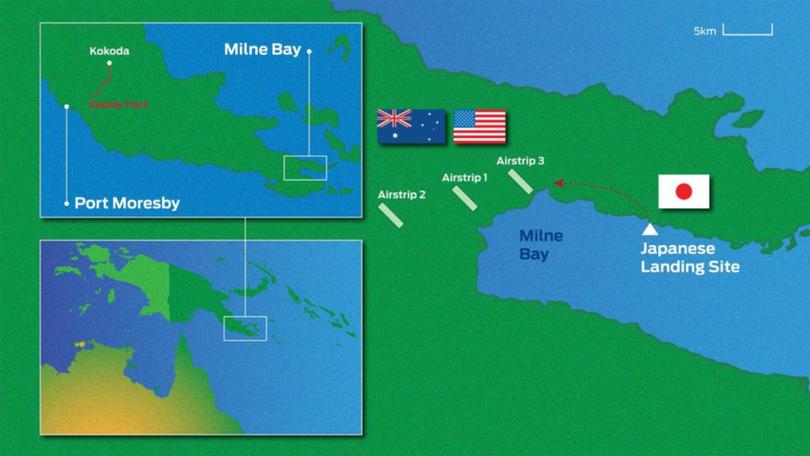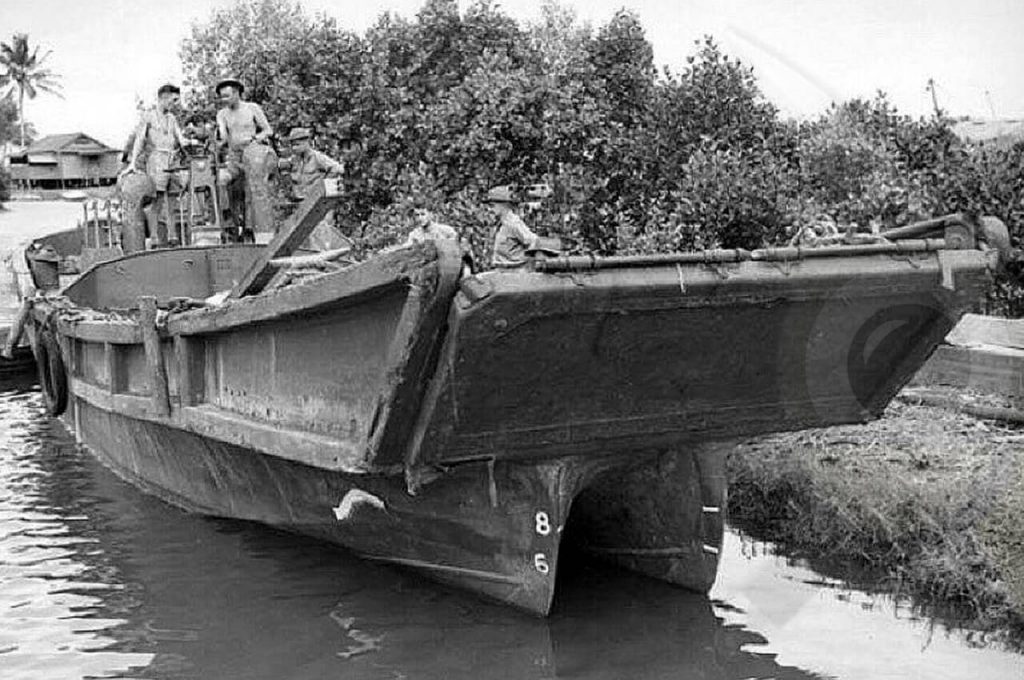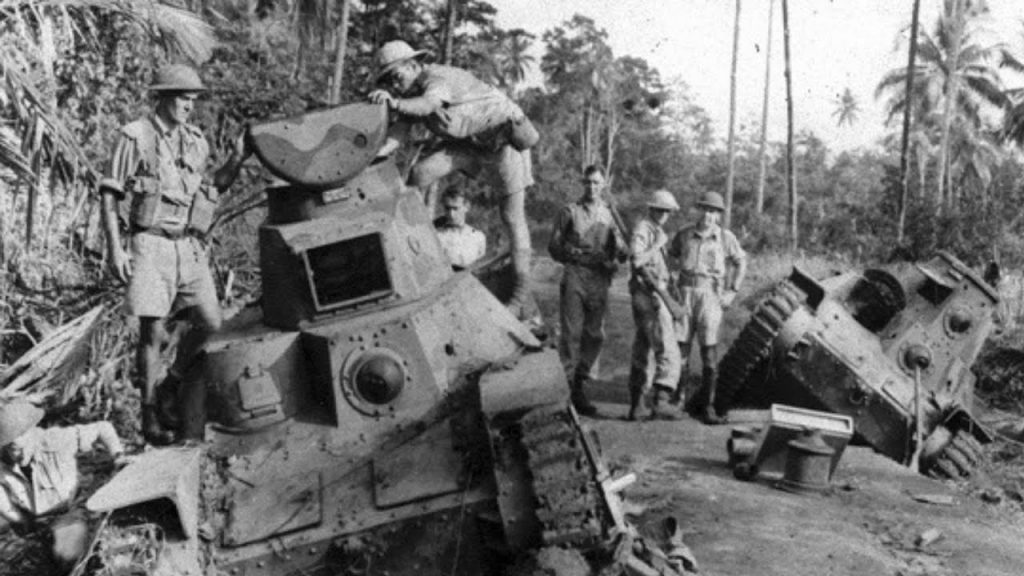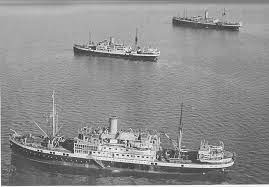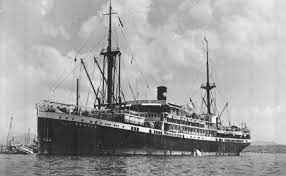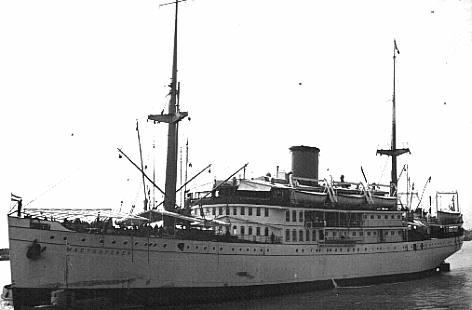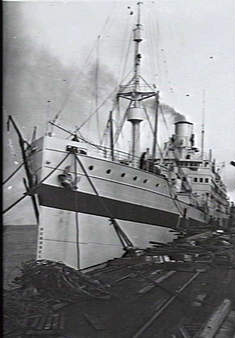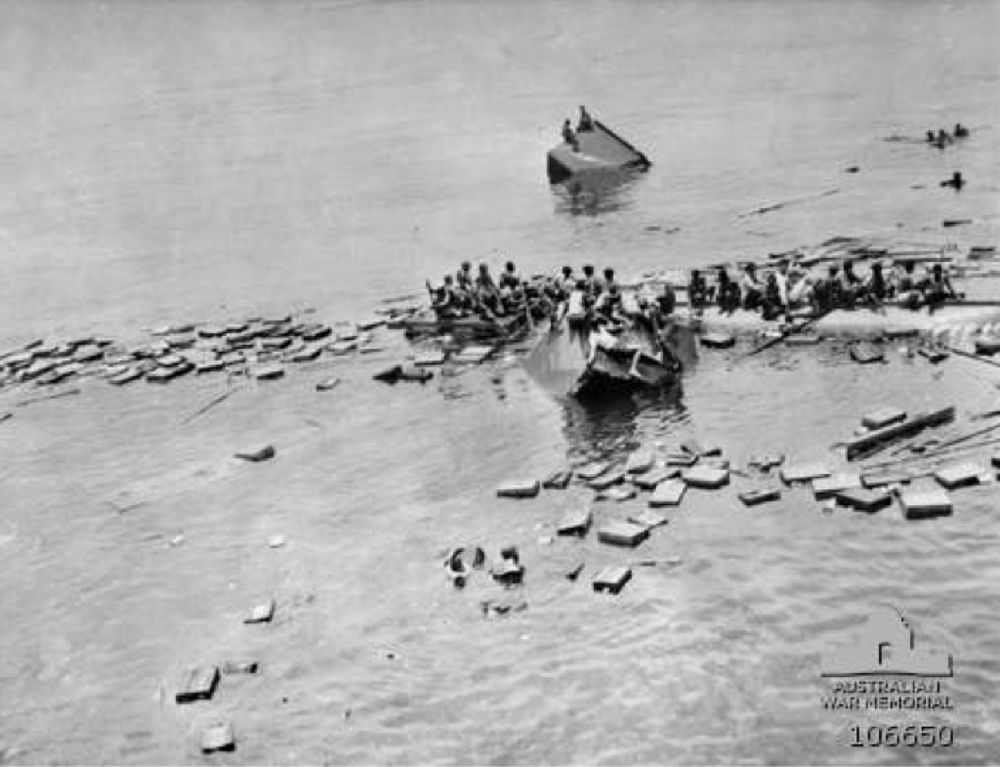Most of the vital reinforcement of New Guinea in 1942 and 1943 – during the War in the South West Pacific – including troops, vehicles, weapons and supplies for the Milne Bay, Buna and Gona operations, was undertaken by Dutch vessels. The operation collectively known as Operation Lilliput, used the Koninklijk Pakketvaart Maatschappij (KPM) vessels Balikpapan, Bantam, Bontekoe, Both, Cremer, Janssens, Japara, Karsik, Maetsuycker, Patras, Reijnst, s’Jacob, Swartenhondt, Tasman, Thedens, Van den Bosch, Van Heemskerk, Van Heutz, Van Outhoorn, Van Spillbergen, and Van Swoll.
In all 39 convoys run in 40 separate stages under Operation Lilliput. Delivering over 3800 reinforcements and 60,000 ton of supplies.
The Dutch Merchant Seamen and specifically those from the KPM– were recognised by General MacArthur for being pivotal to the success of the mission, the first battle in the South Pacific War where the Japanese were defeated. MacArthur had requested the support of the US Navy for landing boats for the operation, but he didn’t receive them. There were significant ship and crew losses as the operation received no air support and thus were easy target for the Japanese fighters. The Dutch stepped in to provide the transport support.
Click here for more information on the Dutch Merchant Fleet.
I was pleased to be able to include Dutch participation in the commemoration of the 80th anniversary of the battle. When I mentioned this to the organisers they were not aware of the Dutch participation in this operation.
Paul Budde
Brisbane History Group Seminar to commemorate the 80th anniversary of these operations 10th September.
‘… the changes wrought by the Pacific War in which [Australian soldiers] fought were so monumental, so pivotal, and so dramatic that they changed the nation forever’. (P. Brune, A Bastard of a Place)
This year marks the 80th anniversary of the New Guinea Campaign of the Pacific War following the invasion by the Japanese of the Australian administered Territories of New Guinea and Papua.
What ensued was a long and bloody conflict in which Australian soldiers fought and died heroically in circumstances that can only be described as horrendous – torrential tropical downpours, impenetrable jungles, mud, swamps, disease and intolerable heat. While we see, hear and read much about the Kokoda experience, relatively little is known about the other battles in what has been popularised as the campaign that saved Australia.
The Brisbane History Group will present a seminar that explores those other battles in Papua: Milne Bay, Gona, Buna and Sanananda. The keynote speaker is Peter Brune, a leading military historian and writer on the Australian campaigns in New Guinea in World War II. He will be speaking about the battle for the northern beach heads: Gona, Buna and Sananada. Frank Meoni, from the Milne Bay Memorial Library and Research Centre will give an overview of the Milne Bay battle.
Jonathan (Jack) Ford will talk about the high cost that the Dutch paid to maintain the supplies that were vital to the Allied Forces fighting at Milne Bay, Buna, Gona and Sanananda. Dr Ford is a noted historian and author with expertise in World War II and Brisbane’s built history.
Known to many in military circles, Major General Dr John Pearn (ret’d), who was also a Professor and Deputy Head within the Graduate School of Medicine at the University of Queensland will speak about the challenges that the medics faced when treating the sick and wounded in those battles.
Michael Parer will give a family perspective on the photographer Damien Parer and his experiences in New Guinea and Peter Dunn will bring us back home with a presentation about Brisbane as a staging base for the New Guinea campaign. The seminar will be held on Saturday 10thSeptember at the Milne Bay Memorial Library and Research Centre, 61 Kittyhawk Drive Chermside. For more information, please ring the Brisbane History Group on 07 3368 1828, or email mackaylm@internode.on.net.
